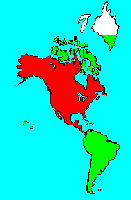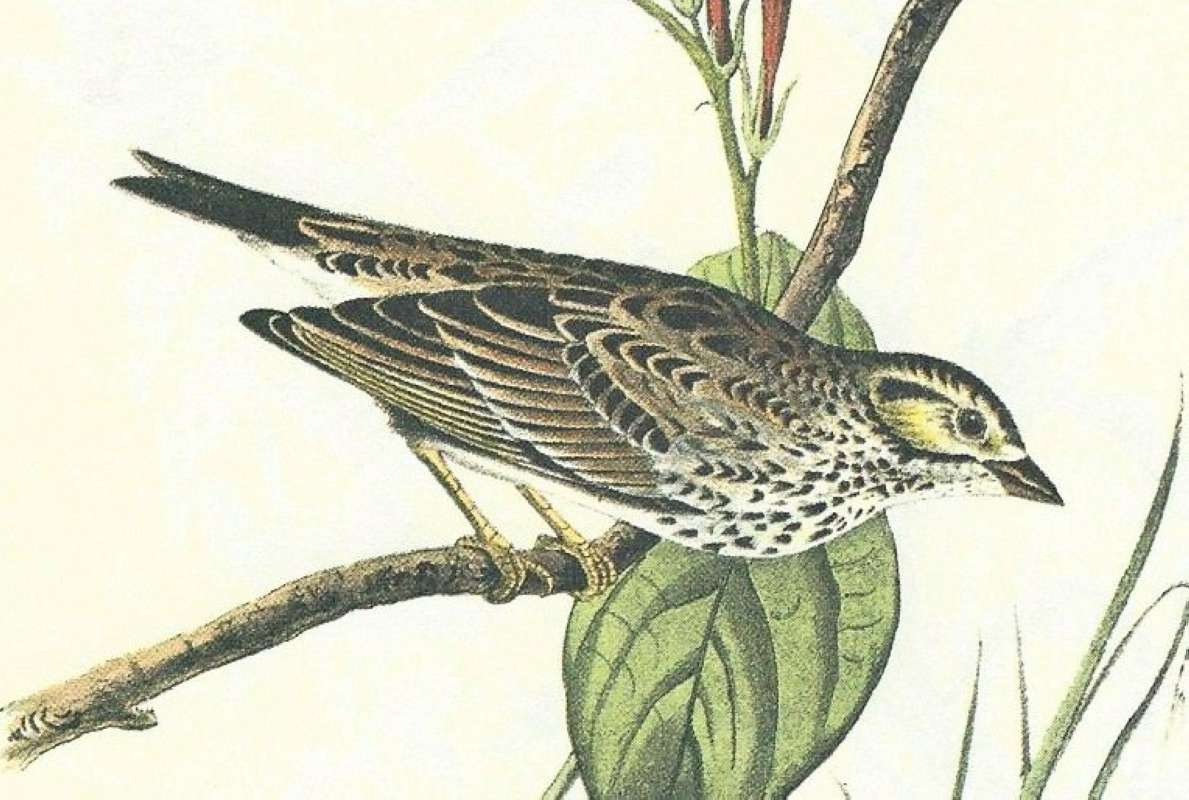SPECIES INFO
Savannah Sparrow (Passerculus sandwichensis) breeds from Quebec to Alaska and south to Arizona. This species winters south through Mexico. A pale breast with brown streaks and a general brown and white coloration help identify this species that measures six inches. The common name derives from the fact that the first specimen was captured in Savannah, Georgia. However, open grasslands are indeed one of its favorite habitats.
Christmas birds counts show this species in all of the states on the southern United States border from California to Florida and then north along the Atlantic coast to Virginia.
Several different forms in this complex might deserve species status. Christmas bird counts indicate that at least eleven subspecies of this bird can be recognized. The Ipswich Sparrow (Passerculus princeps) is usually given full species status.The subfamily Emberizinae is found in both the Old and New World. There are about 824 different species in this widespread and successful group. Buntings, Sparrows, Junco, Towhee, Brush-Finches, and others belong here.
This division can be referred to as Passeroides Part II Fringillidae:
Order Passeriformes (5739 species)
Suborder Passeri (4580 species)
Parvorder Passerida (3473 species)
Superfamily Passeroidea (1656 species)
The 1656 Passeroidea species can be broken into families:
Group I
Family Alaudidae (Larks)----(91)
Family Nectarinidae (Sunbirds)----(170)
Family Melanocharitidae (Berrypickers)----(10)
Family Paramythilidae (Berrypickers)----(2)
Family Passeridae (Sparrows-Pipit)----(388)
Group II
Family Fringillidae (Buntings-Finches)----(995)
In most modern bird taxonomies, the perching birds (Passeriformes) is treated as a single order. This large order has about 5739 different species. A common characteristic of this order is three forward toes and one reverse pointing toe. Most of species are also characterized by a tendon locking mechanism that permits their feet to lock onto branches when they relax. Recently, Monroe and Sibley in 1993 have divided this large order into six main divisions. To help our users navigate this gigantic number of species, we have arbitrarily placed these 6 different divisions at the order level.
This division can be referred to as:
Order Passeriformes (5739 species)
Suborder Passeri (4580 species)
Parvorder Passerida (3473 species)
This large Passerida group can be divided into 3 additional groups as follows:
Superfamily Muscicapoidea (613)
Superfamily Sylvioidea (1204)
Superfamily Passeroidea (1656) 613 + 1204 + 1656 =3473
Aves contains about 8,650 different species of living birds known to science. Each year about one new species is discovered in some remote rain forest or remote island. In addition, scientists have been raising many subspecies to full species status which may raise the species count to 10,000. Birdlife recognizes 10,027 species as of 2011.
However, each year about one species goes extinct. The rate of extinction is increasing, and the rate of new discovery is decreasing, so that the number of bird species will soon begin to decline rapidly. Although different taxonomists would organize the birds differently, there are approximately twenty-seven orders of birds. These orders are broken down into about one hundred and fifty-five different families.
Recent research of the genetic structure of some of the shore birds and owls would indicate that the present organization of orders and families should have some modification.
The birds are a worldwide group of animals that are characterized by having the front limbs modified into wings that are used for flying. Perhaps the most unique feature of the birds is the feathers. These feathers are made up of a central support called a quill and a series of small filaments that are hooked together as barbs.
For many years it was believed that Archaeopteryx discovered in Bavaria was the oldest bird from about 150 million years ago. However, in l986, Sankar Chattterjee, a Texas paleontologist, reportedly discovered a bird in the genus Protoavis that lived about 225 million years ago.
When this project was begun in 1978, we used Austin & Singer for bird taxonomy. Since then, we have adopted many changes, but have kept some older concepts that are still found widely in the literature. Recently, we have used Clements and Howard & Moore. Very recently, we have used Monroe and Sibley for the higher taxonomy of the perching birds.
Backboned Animals (Phylum Chordata) are the most advanced group of animals on earth. These animals are characterized by having a spinal cord or backbone. Most members have a clearly defined brain that controls the organism through a spinal cord. Fish, amphibians, reptiles, birds, and mammals are in this phylum.
Currently, some taxonomists believe that the fish should be divided into two groups (sharks and regular fishes) and that there are some other primitive groups in the phylum such as hagfish or lampreys.
Animal Kingdom contains numerous organisms that feed on other animals or plants. Included in the animal kingdom are the lower marine invertebrates such as sponges and corals, the jointed legged animals such as insects and spiders, and the backboned animals such as fish, amphibians, reptiles, birds, and mammals.





